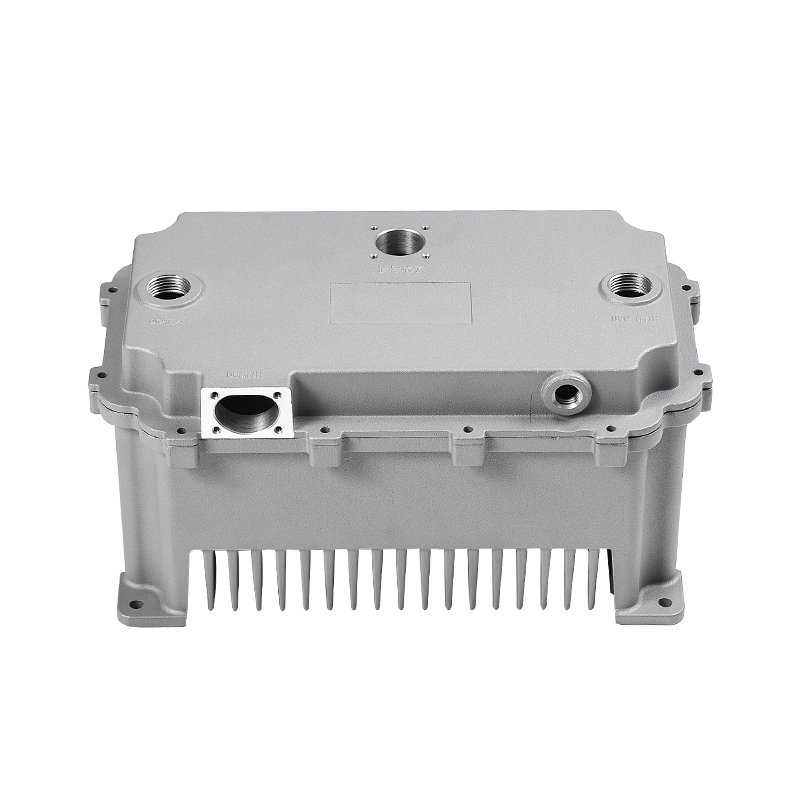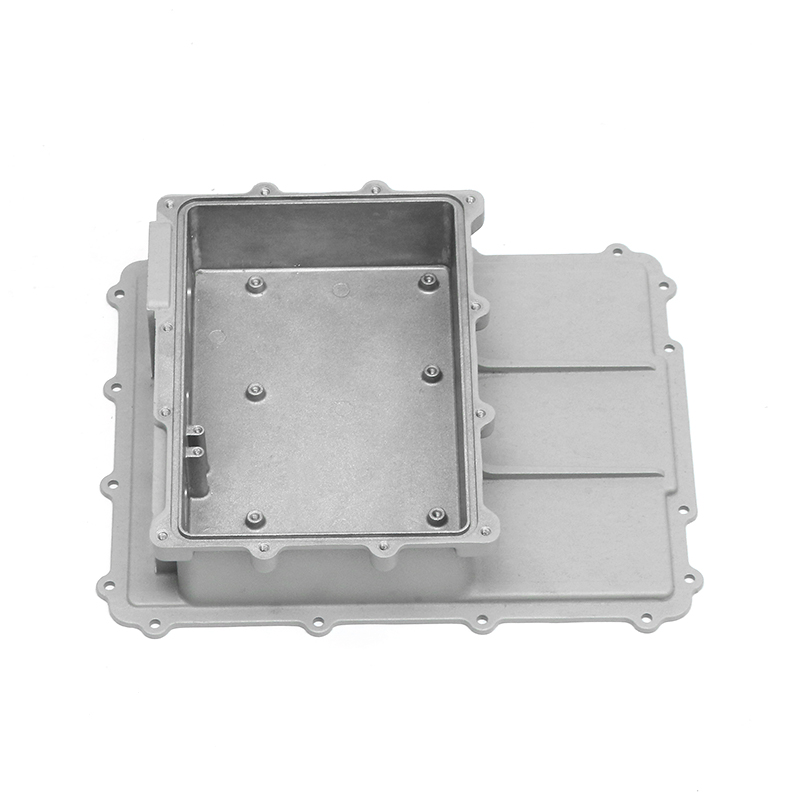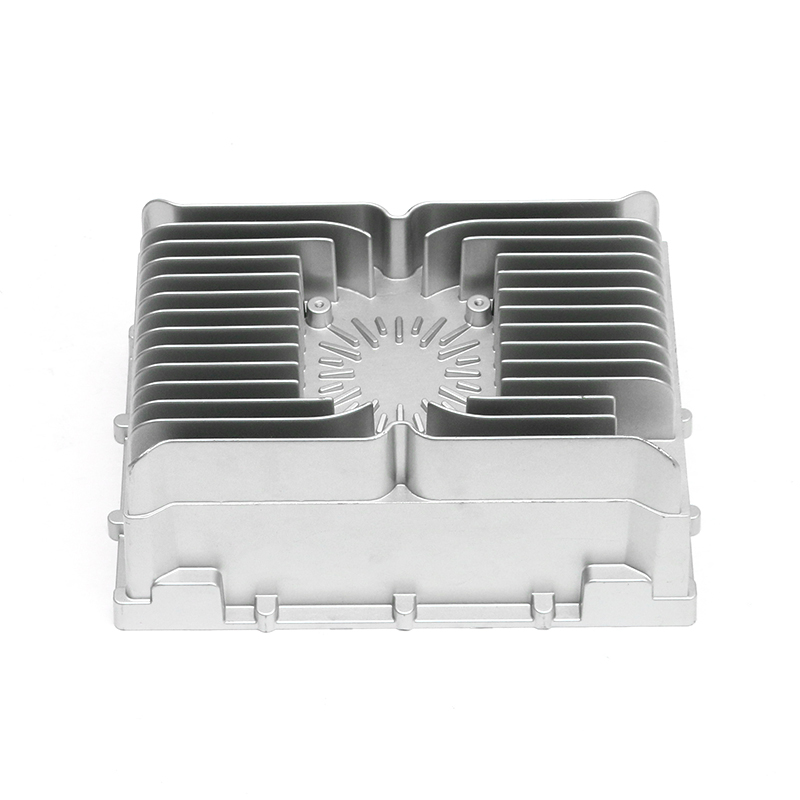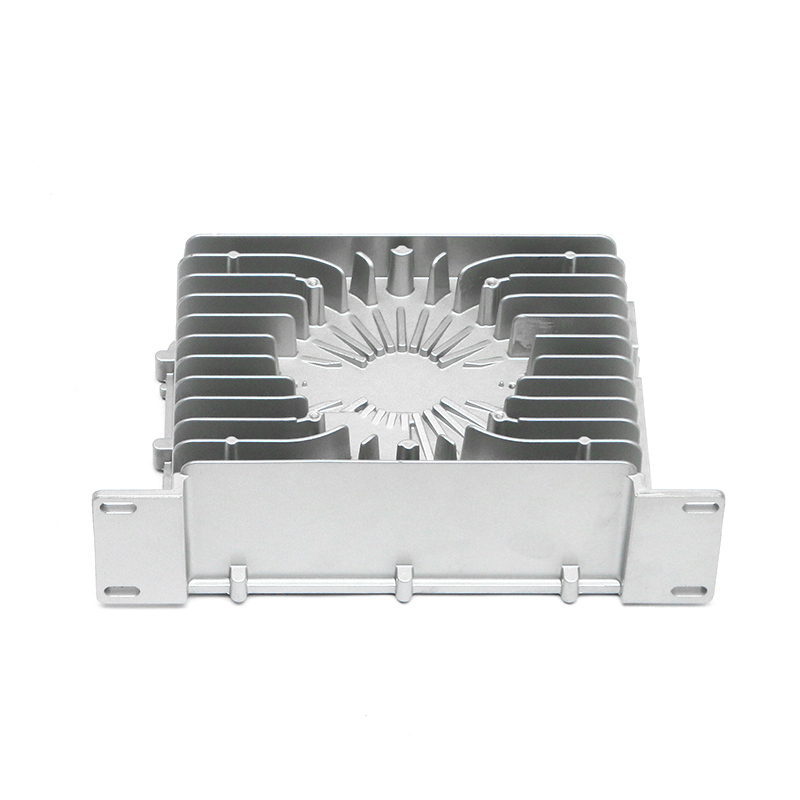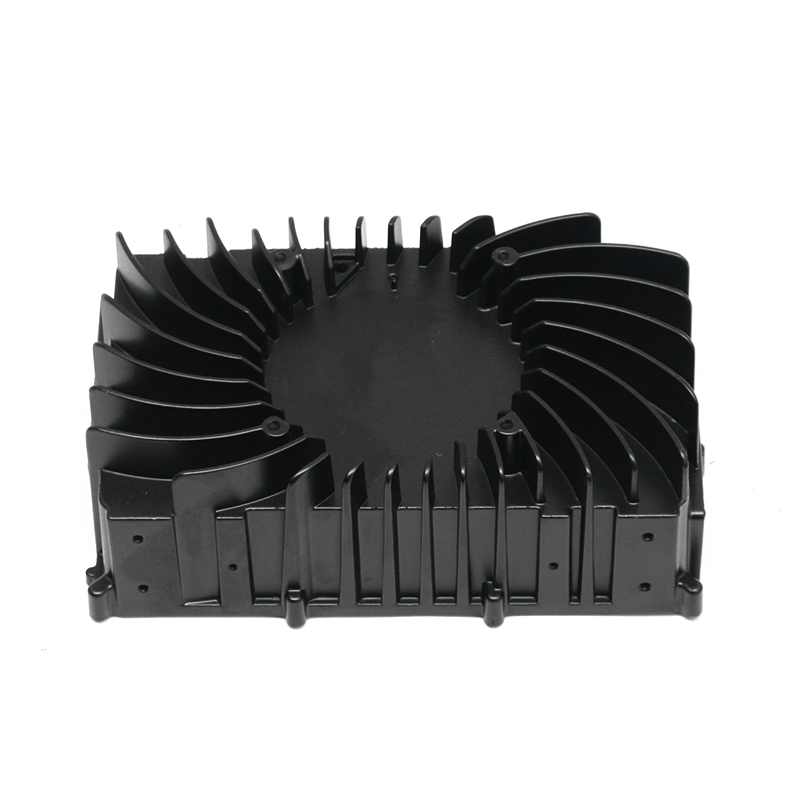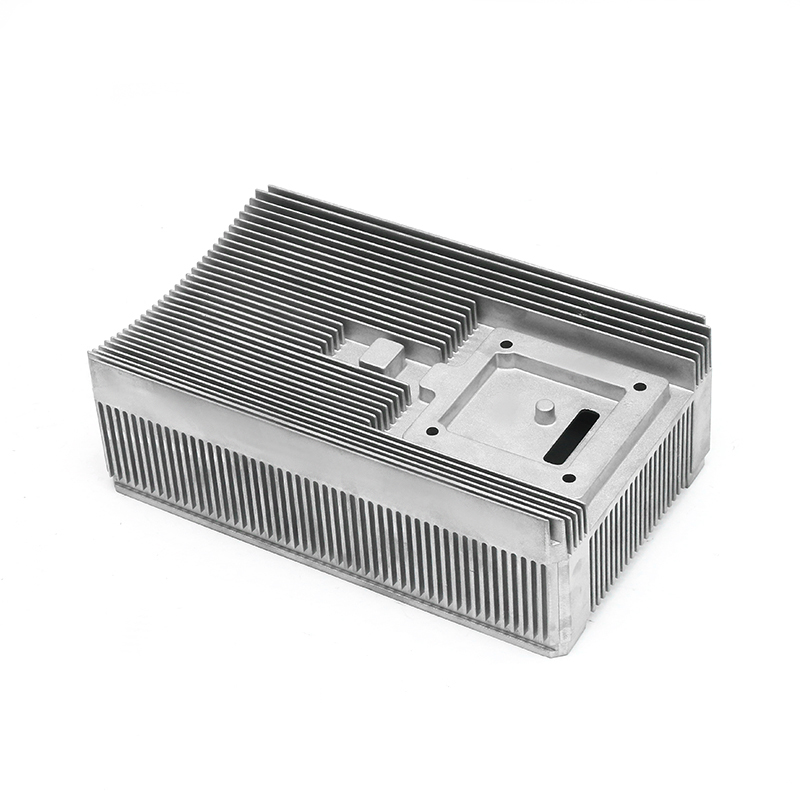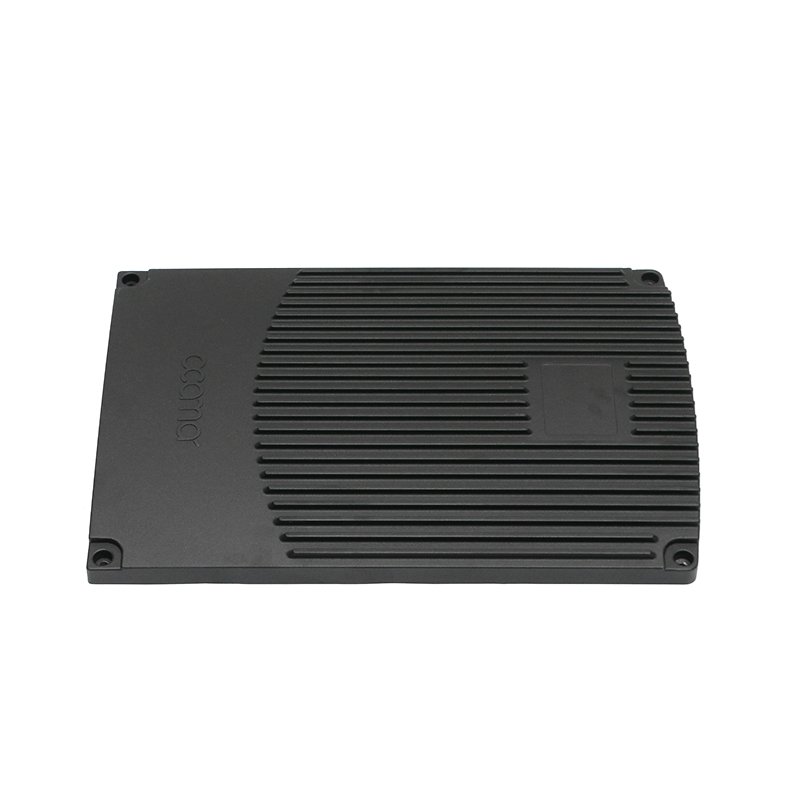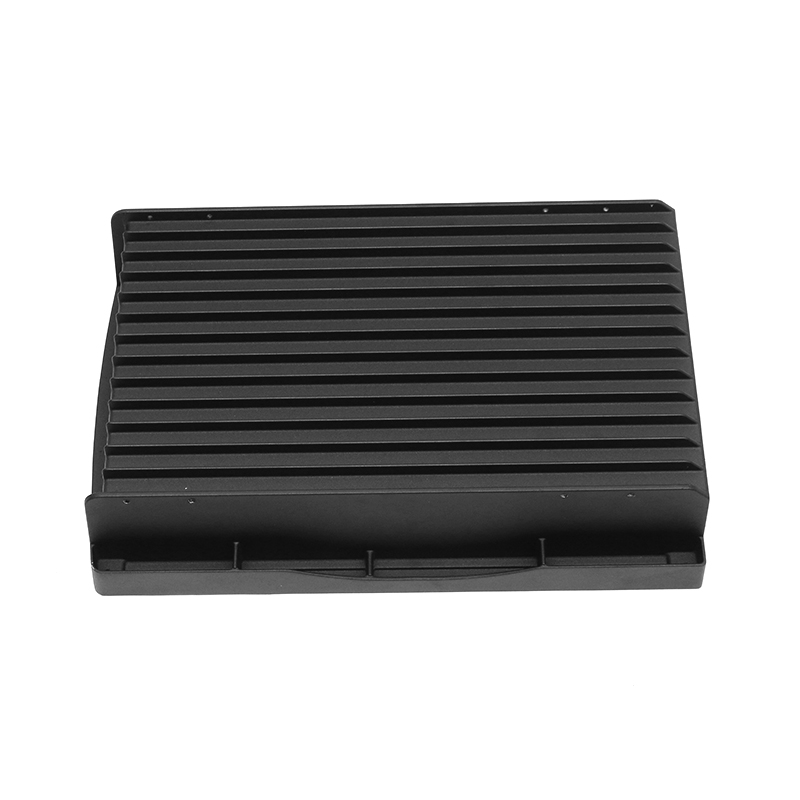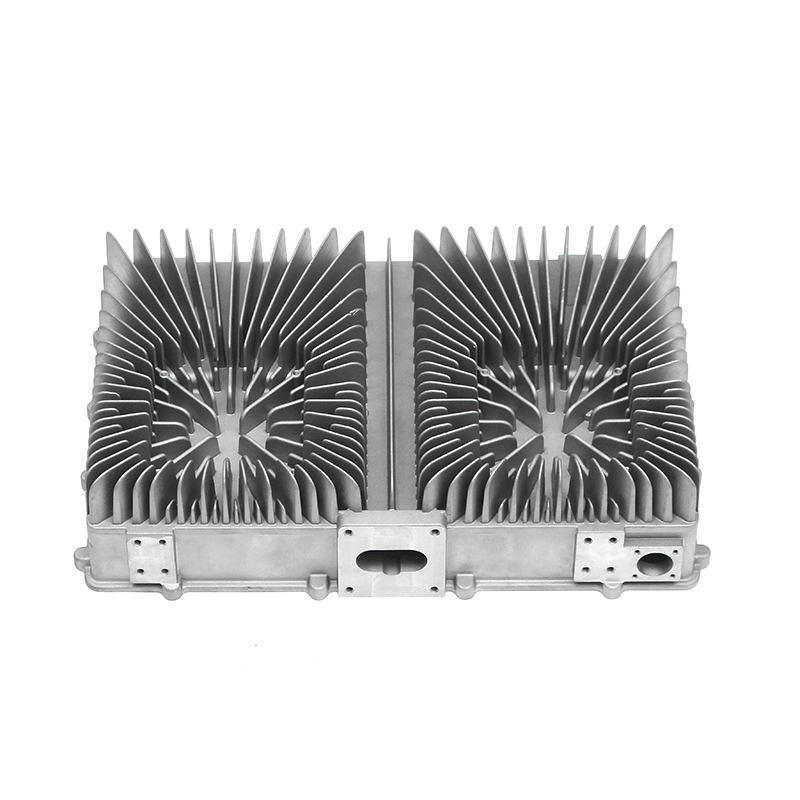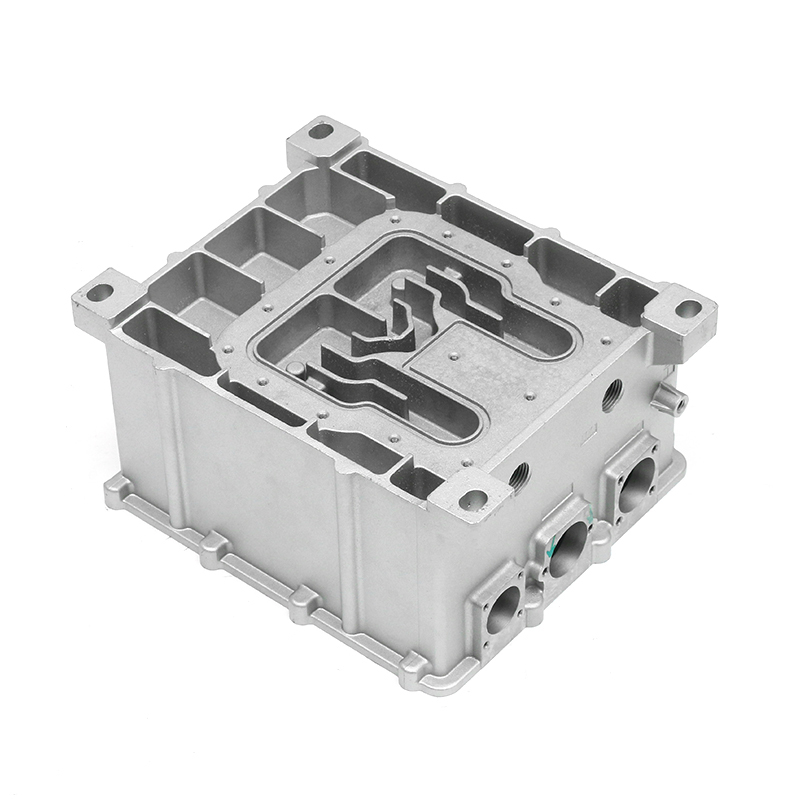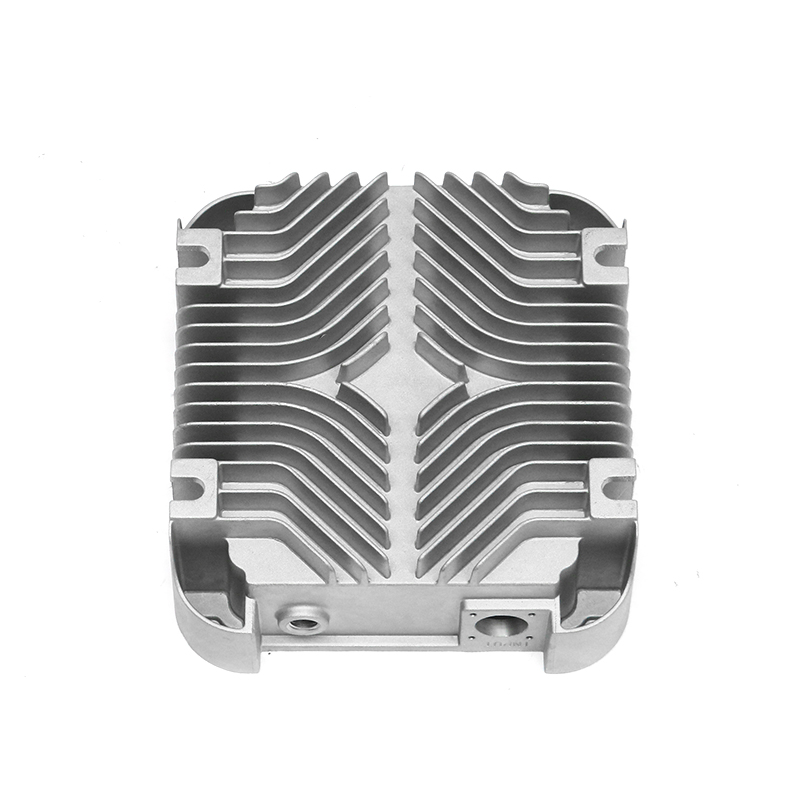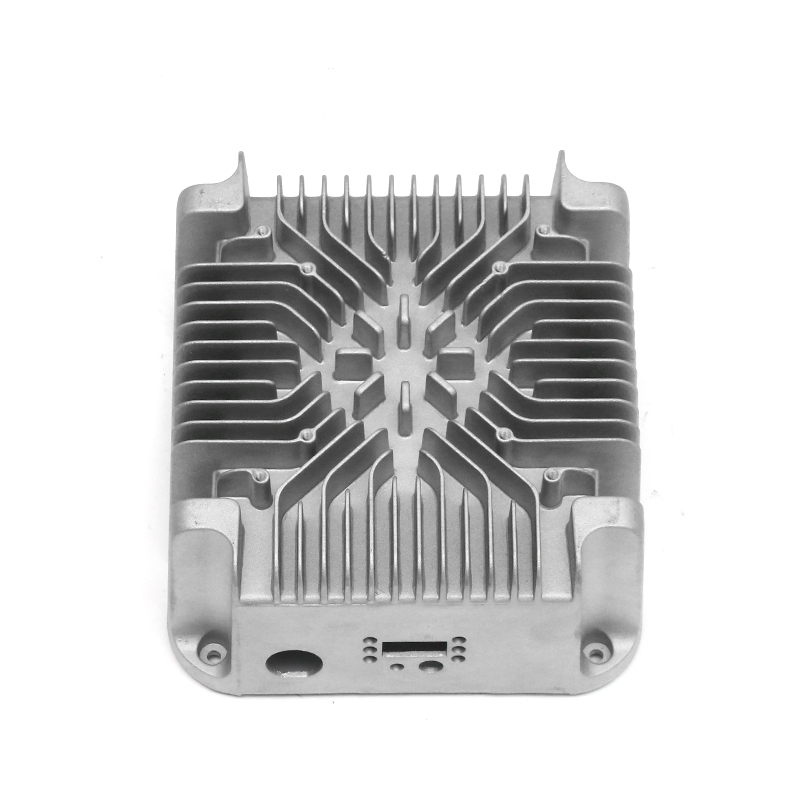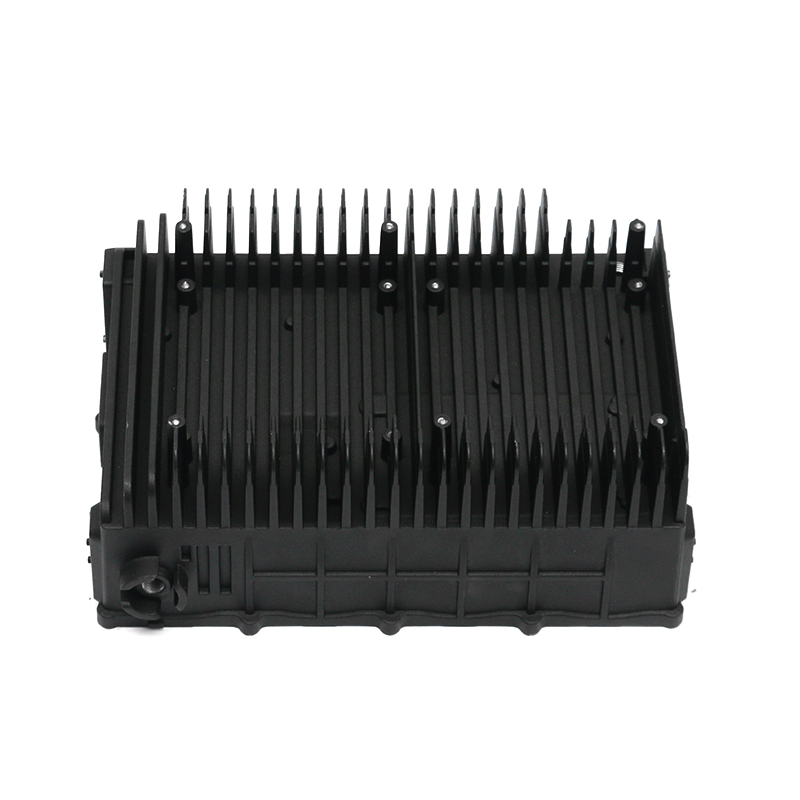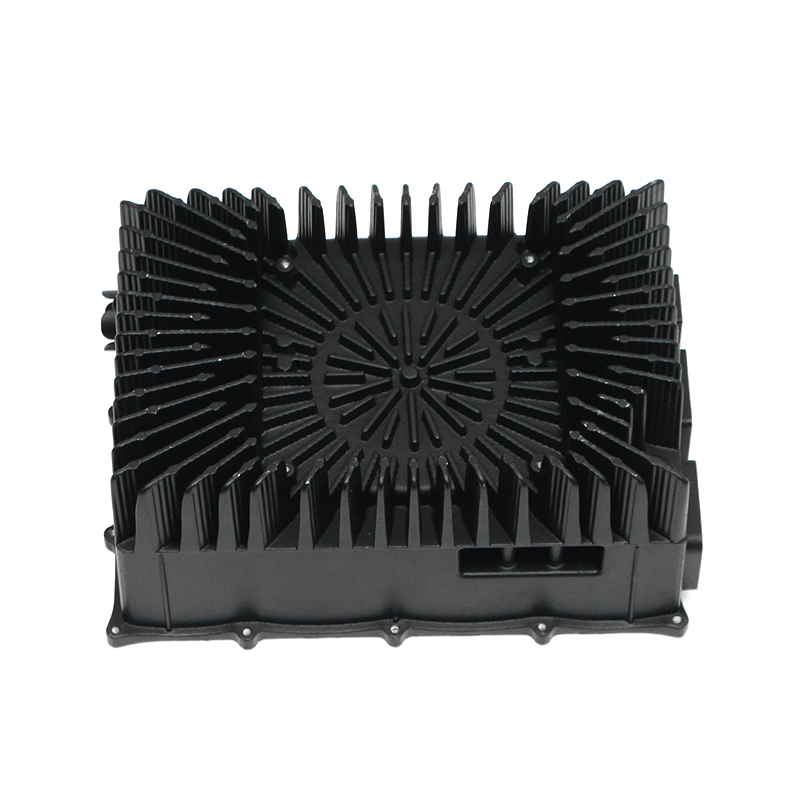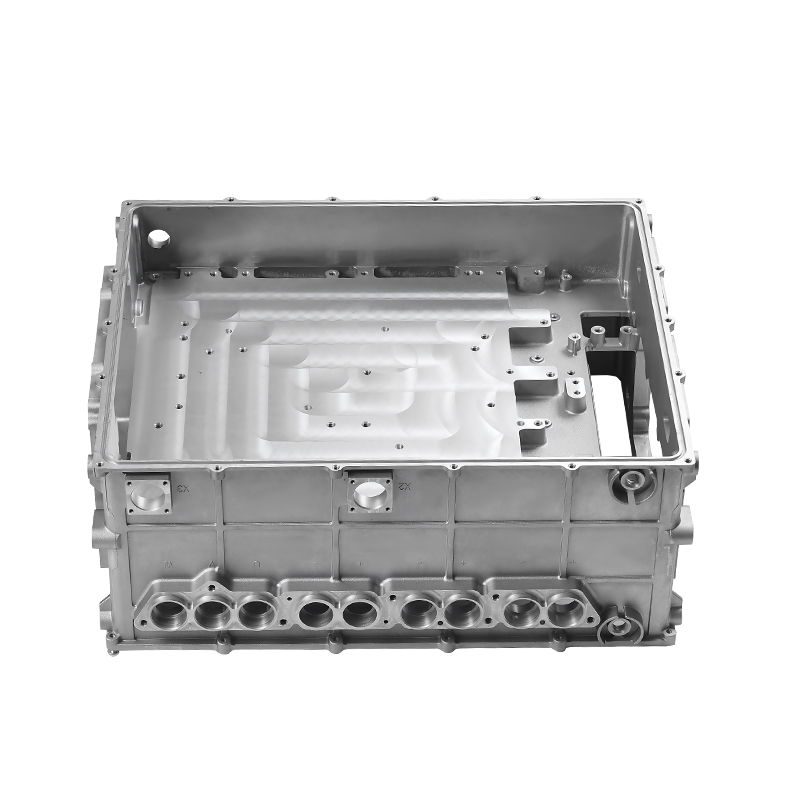The first step in the production of a high-quality new energy motor housing is an in-depth shell design. Motor housings must be customized to meet specific structural and size requirements. This includes careful consideration of the shape, structural integrity, and the inclusion of heat dissipation holes. These heat dissipation holes are essential to regulate the temperature of the motor during operation, ensuring it functions optimally even under high-stress conditions. The careful design of the housing shape and structure contributes to overall motor efficiency, minimizing energy loss and increasing the lifespan of the motor.
Selecting the right material for the motor housing is crucial. The material must not only provide sufficient strength and durability but also be lightweight and corrosion-resistant. For new energy motor housing die-casting, manufacturers often choose aluminum alloys, known for their superior thermal conductivity and resistance to corrosion. These materials enhance the motor's overall performance and efficiency while ensuring the housing can withstand the rigors of daily use in various weather conditions.
Once the design and material selection are finalized, the motor housing undergoes forming processing. This stage involves using die-casting, extrusion, or casting methods to shape the motor housing. Die-casting is particularly favored due to its precision and ability to create complex geometries with high accuracy. The process ensures that each motor housing component meets stringent design specifications, while also maintaining cost-efficiency in large-scale production. The ability to create intricate heat dissipation channels within the die-casting process enhances the overall performance of the motor, improving energy efficiency and preventing overheating.
To further enhance the motor housing’s durability and aesthetic appeal, a series of surface treatments are applied. These treatments include spraying and anodizing processes, which not only improve the corrosion resistance of the housing but also provide a sleek and polished finish. The anodizing process increases the material's resistance to wear and tear, ensuring that the motor housing can endure harsh environmental conditions, such as high humidity or salt exposure. These surface treatments are essential for improving both the longevity and appearance of the motor housing.
After the motor housing has been manufactured and surface-treated, it undergoes a thorough assembly process. During assembly, the motor housing is carefully integrated with other motor components to form a complete unit. Once assembled, the motor housing is subject to a series of rigorous quality tests to ensure that it meets the required standards for performance, safety, and durability. These tests simulate real-world operating conditions, ensuring that the motor housing can withstand extreme temperatures, high-stress scenarios, and continuous use without compromising the motor’s efficiency.
